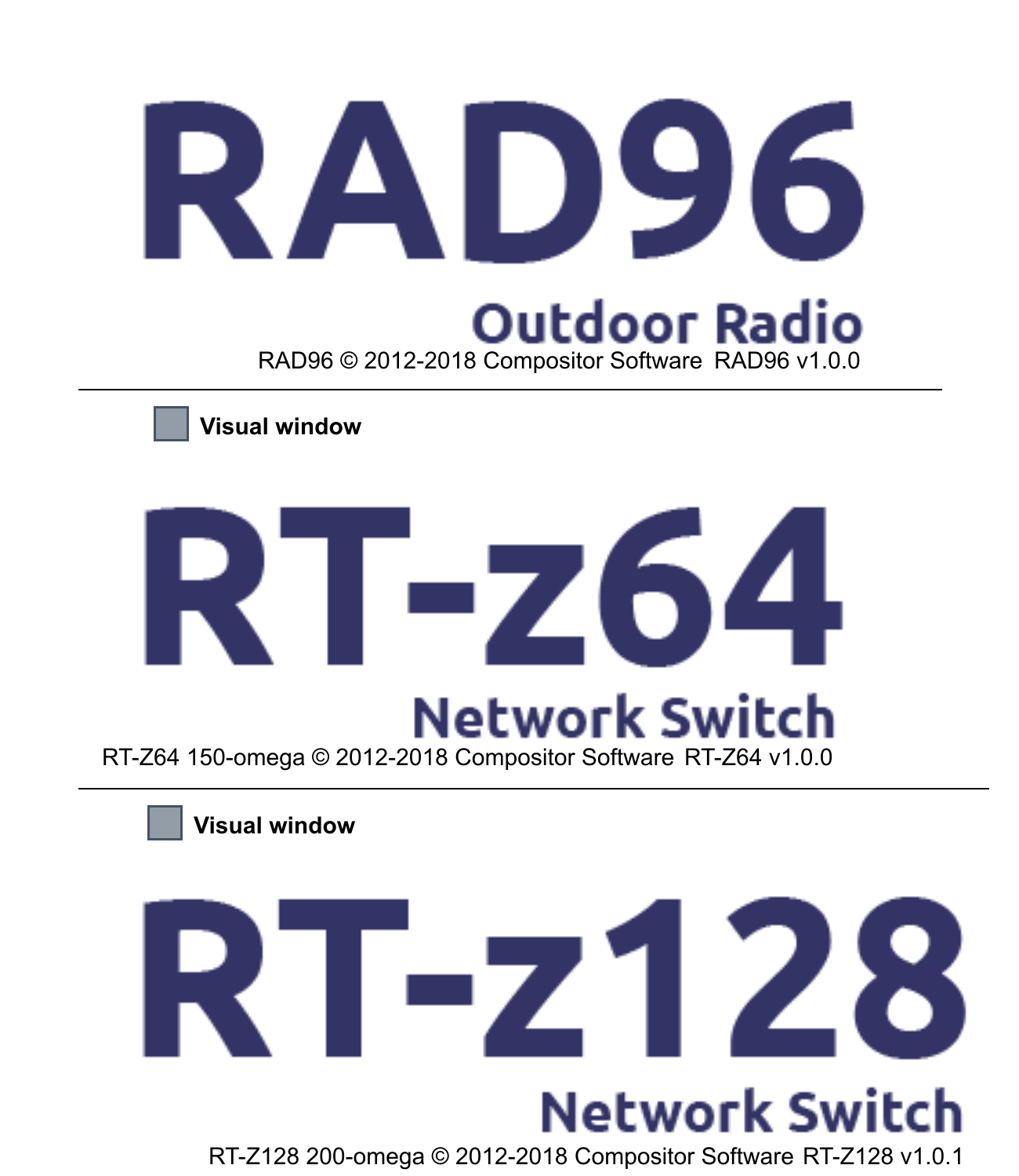Compositor v9 Hypervisor - DRM server
Compositor v9 Hypervisor provides the Ethernet communication service based on DRM (Digital Rights Management) server. This server realizes the work based on IEEE802.1Q Ethernet protocol with frame of 262144 samples. Two initial buses of the virtual machine, running on Compositor v9 Hypervisor server, translate in VLF range. SHF work is realized using the algorithm with x2048 oversampling, which allows exiting in high frequency radio ether without intermediate frequency in VHF and UHF ranges. Virtual machines, running in Compositor v9 Hypervisor DRM server, have demodulation algorithms capable of transmitting the wideband signal such as voice or music. Maximum pass-band of the server depends on the discretization frequency, by which the executed algorithm works.
Compositor v9 Hypervisor DRM server features
What's new in Compositor 9?
